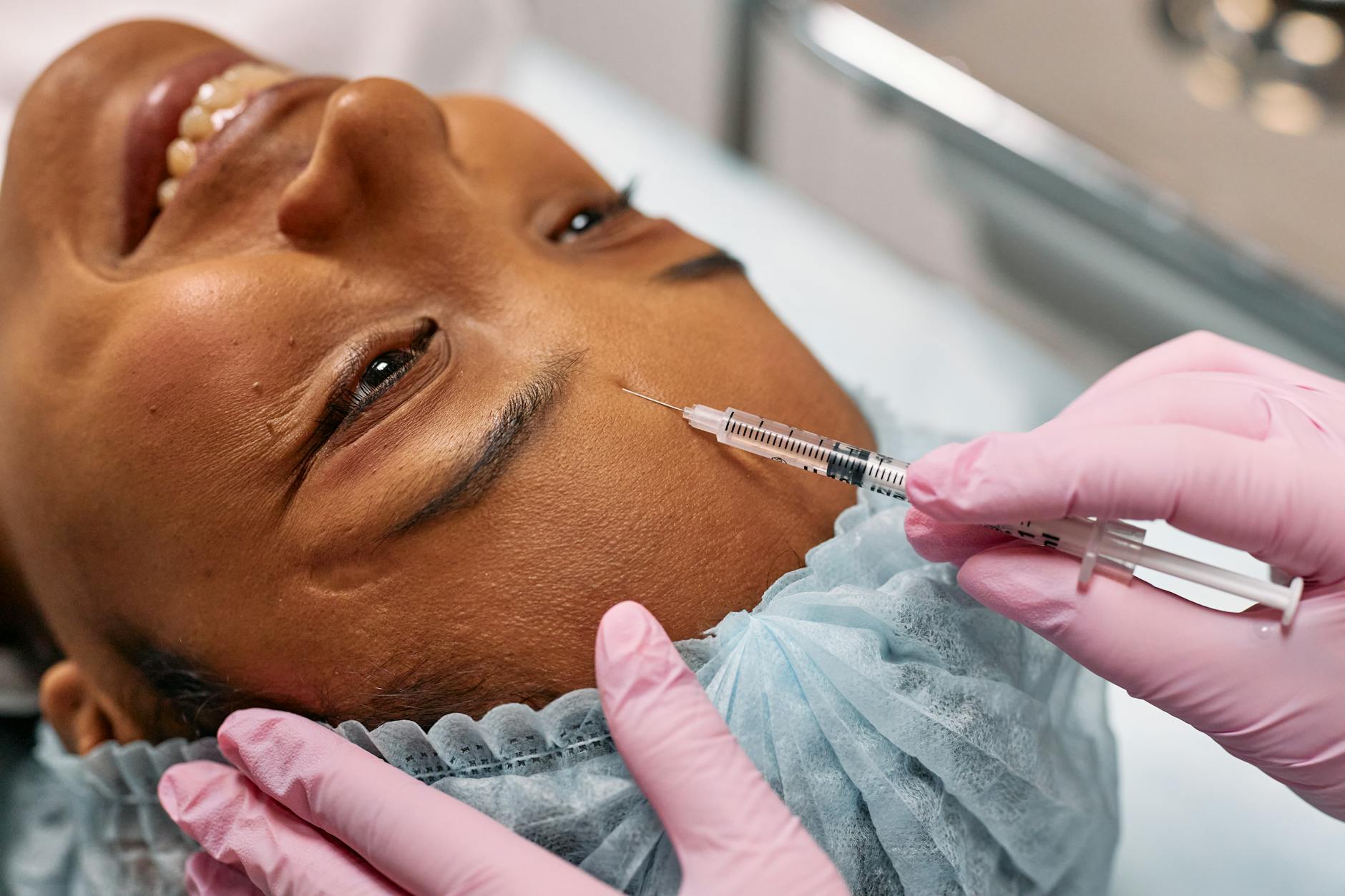
Some faces ask for surgery. Others just ask for time.
She wasn’t chasing youth.
She was chasing ease.
The way her eyes used to hold themselves open.
The way her brows used to lift without effort.
She didn’t want change.
She wanted return.
But return looks different on every face.
Some brows bounce back.
Others fall and stay there.
Surgery and non-surgical weren’t opposites.
They were just different paths to the same place.
“Is this something fillers could fix?”
That’s what she asked first.
She wasn’t afraid of surgery.
But she wanted to avoid it.
Not out of fear.
Just out of instinct.
If the skin still had strength,
If the tissue still had tone,
Maybe it didn’t need a scalpel.
Maybe it only needed support.
Non-surgical brow lifts ask your body to meet you halfway
Fillers lift volume.
Botox relaxes the pull.
Ultrasound and radiofrequency heat beneath the surface.
They nudge your skin into response.
You don’t see the change right away.
Not like surgery.
But you feel it.
In weeks.
Sometimes months.
It’s subtle.
It builds.
A surgical lift lifts without asking for permission
It doesn’t wait.
It doesn’t build slowly.
It removes.
Repositions.
Tightens what loosened.
In hours, you see what your body forgot.
The arch of your brow.
The clarity in your gaze.
The ease of expression when effort disappears.
It’s not gradual.
But it lasts.
One heals in hours. One heals in weeks.
Non-surgical?
You might be puffy for a day.
Redness, maybe.
Back to life the next.
Surgical?
You need a week.
Sometimes two.
You’ll have sutures.
Swelling.
Bruising.
Not dramatic—
But real.
And worth planning for.
Some brows don’t need to be cut—they just need to be heard
A 30-year-old with a heavy brow might not need surgery.
Her skin still listens.
It responds to heat.
To energy.
To relaxation.
But at 60?
That same energy might fall flat.
No collagen left to awaken.
In those cases, lifting becomes less invitation, more intervention.
“I didn’t want a frozen look.”
She didn’t want surprise brows.
Didn’t want the arch too high.
Didn’t want the tight look from bad lifts.
Her surgeon nodded.
“You won’t get that here.”
He marked her face with care.
Measured what would move.
What would stay.
Natural was the goal.
Invisible was the finish.
The cost isn’t just money—it’s time, too
Non-surgical seems cheaper.
But it stacks.
Each session adds.
And the results fade.
Every few months, you go back.
Surgical is a one-time hit.
Bigger upfront.
But longer return.
Ten years, maybe more.
No maintenance.
No touch-ups.
You can always start small—but know where it leads
Some start with Botox.
Then add filler.
Then devices.
Then one day, the mirror doesn’t change anymore.
And they realize it’s time.
Surgery isn’t failure.
It’s just a different tool.
The final one in some stories.
The only one in others.
One lifts skin. The other lifts behavior.
She stood straighter after her non-surgical lift.
Not because of structure.
But because of sensation.
Her muscles didn’t strain.
Her brows didn’t pull down.
She felt lighter.
She looked clearer.
The mirror gave back what the years had hidden.
It’s not about which is better. It’s about what fits.
Some faces can’t take filler.
They puff too easily.
Others don’t want the permanence of a cut.
They need room to change.
Both options are valid.
Both work.
The question isn’t “Which is best?”
It’s “Which is best for you right now?”
They told her: “You’ll know when it’s time.”
And she did.
Not because she aged.
But because she got tired of hiding behind hats.
Glasses.
Filters.
She wanted her eyes back.
Not new ones.
Just hers.
Visible.
Soft.
Unguarded.
Most people won’t notice—but you will
The goal isn’t to shock.
It’s to soften.
To bring your face back to rest.
To stop the questions—
“Are you tired?”
“Did you sleep okay?”
To answer with your expression instead of your voice.
